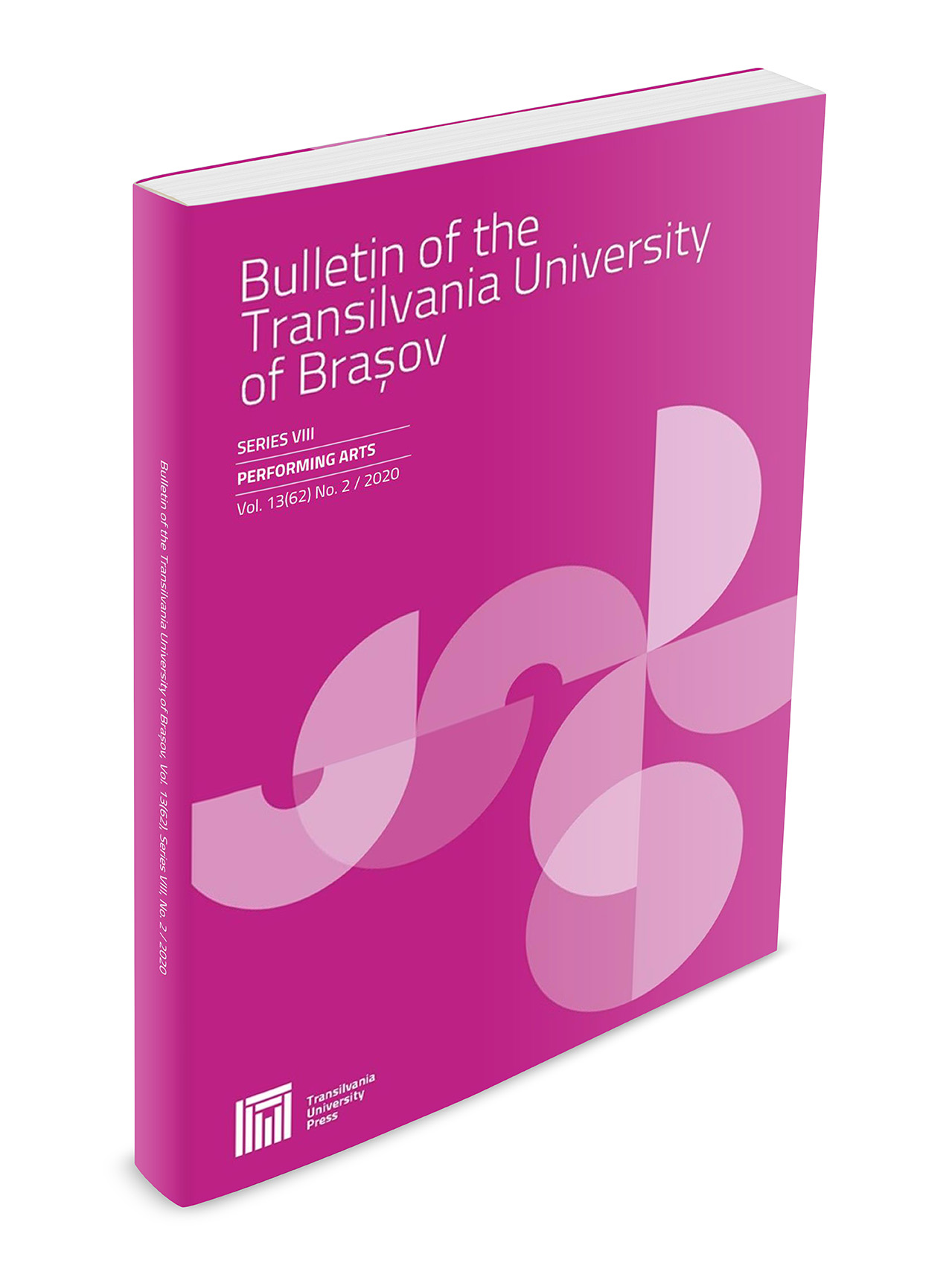Rhapsodic character in Sonata for violin and piano by Tudor Ciortea
Keywords:
Tudor Ciortea, sonata, violin, folkloreAbstract
The appeal to the neoclassic form and language is constantly felt in all of Tudor Ciortea’s creations, regardless of the period to whereto the respective musical works pertain. This way, his creation of this orientation (more or less explicit) comprises sonatas for piano, violin and piano, violoncello and piano, flute and piano, clarinet and piano, trumpet and piano. The sonata for violin and piano, written in 1946, opens the series of instrumental sonatas in the composer’s creation. It attempts to conciliate the two apparently opposite tendencies: folklore-inspired content and the classical form. Hence the necessary enrichments or adjustments: the rhapsodic appearance, parlando-giusto rhythm, and, especially, that “fairytale” atmosphere, which confers Enescu’s mark to the sonata.Downloads
Published
Issue
Section
License
Copyright (c) 2011 Bulletin of the Transilvania University of Braşov. Series VIII: Performing Arts

This work is licensed under a Creative Commons Attribution 4.0 International License.




